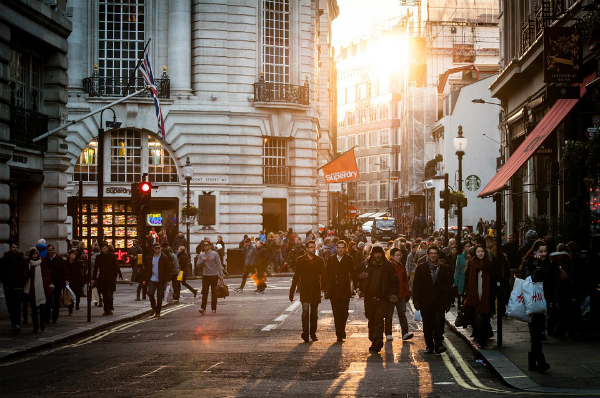Ever had a desire to skip a workout because your friends and family don’t seem too concerned with getting in shape? Or maybe, tempted to eat out in a fast food chain with others even though you know you shouldn’t. There are people who have no problem going a different direction from their surroundings in terms of interests and dining habits while others depend on their surroundings to dictate levels of their physical activity and the diet choices.
While it could be argued that you are who you are and you need to do what you want to do, few people take that responsibility but surprisingly get more active if their surroundings compel them enough.

A study from The Lancet found that people living in activity-friendly neighbourhoods could add up to 90 minutes of exercise each week. Studying 14 cities in 10 different countries including US, UK, New Zealand, Brazil, and China the researchers measured physical activity (with accelerometers) of 6822 people aged between 18 and 66 and the results showed that:
Neighbourhoods with high residential density tend to have connected streets, shops and services meaning people will be more likely to walk to their local shops. Interestingly, distance to nearest transport stop was not associated with higher levels of physical activity, whereas the number of nearby transport stops was. This might mean that with more options, people are more likely to walk further to get to a transport stop that best meets their needs. The number of local parks was also important since parks not only provide places for sport, but also a pleasant environment to walk in,”
says professor James Sallis from the University of California, San Diego.
He notes that in Hong Kong in spite of humid, subtropical climate people are more physically active due to a high residential density and easy transport access. People walk more to reach their local services as well as the transport stops, which accumulated to a higher physical activity level. Unsurprisingly, the lowest average physical activity rate was in Baltimore, USA.
This could mean that in a more busy densely populated city with more street intersections and public transport as well as parks and other spaces for walking people won’t necessarily want to exercise more but would nevertheless be compelled to be more physically active, which is way better for their fitness level as well as appearance.
Mona Liz
Latest posts by Mona Liz (see all)
- All About Sweat: 3 Must-Know Facts - June 15, 2016
- Mermaid Fitness Trend Is A Real Thing - June 13, 2016
- This Fitness Trend Got Millions People Interested - June 10, 2016













